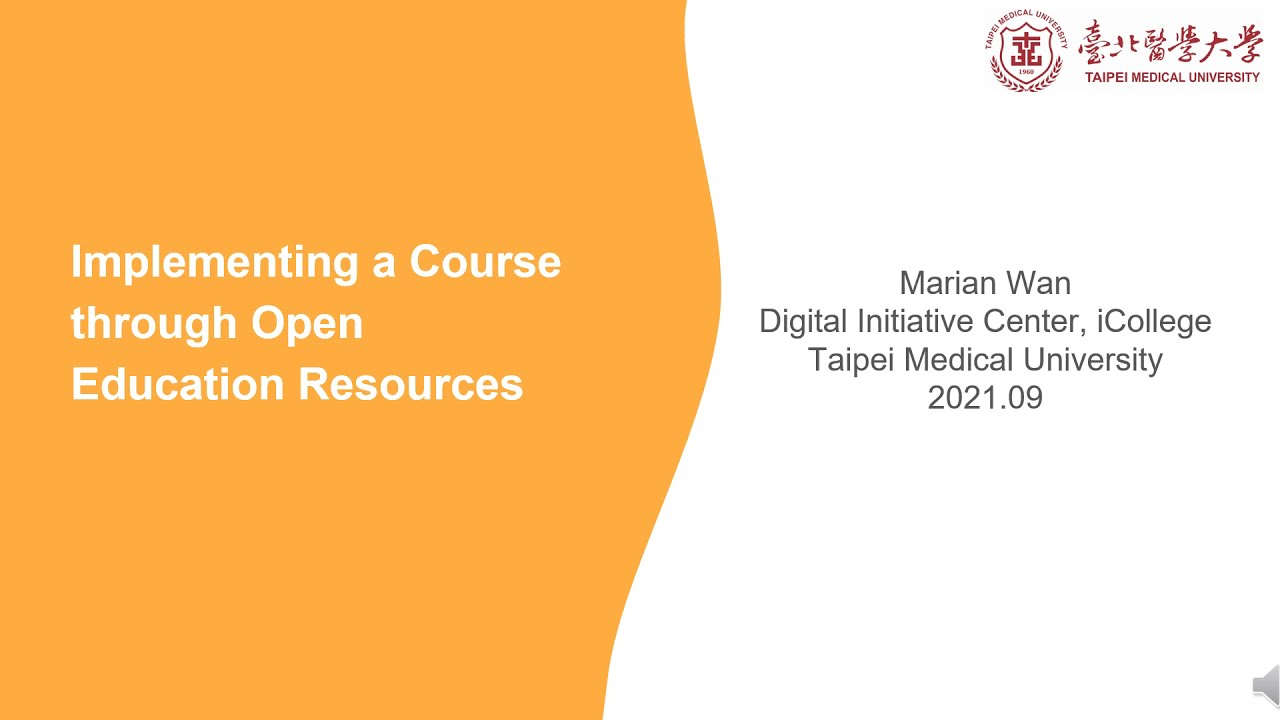Marian Wan (Taipei Medical University)
During the past decade, there are 2 different major directions in the field of Open Education Resources (OER), to make them or to use them. While many institutions are producing and achieving the OERs, they also try to promote the usage of their OERs. Then, there comes some important questions. How do we measure the usage of OERs? How could we evaluate the importance of OERs? Is there any easy-to-adopt guideline for using OERs in a course? In the previous conference, we occasionally saw someone introducing utilization initiatives in a great scale.
10 years ago, when I first proposed my course design with course content that was from OERs and not produced by myself. I was accused by other professors saying that I was not qualified as an educator since I didn’t produce my own content. As the year goes by, I saw a lot of OER initiatives trying to convince educators the benefits of using them in their courses. Seldom, we saw case reports from single course design that adapt OERs. One of the reasons might be these kinds of application doesn’t fit the traditional academic standards. When the OER recommendation became official, I do believe that the new mainstream will be transformed.
I have organized a new course, Practice in Educational Technology. I adopt several OERs as well as 3 MOOCs as the course content. In this presentation, I will show how the course designed and the result of course run.
Extended Abstract : OE_Global_2021_paper_38.pdf ![]()
Presentation Details
UNESCO OER Action Area: Building Capacity
Format: Pre-recorded Presentation
Language: English
Participate
Pre-recorded presentations will be added below by the author(s). Watch them anytime during the conference.
Join or start the conversations with the author(s) by replying below with questions or comments, paying particular attention to the relationship to the OER Recommendation Action Areas. Please also share related resources.
